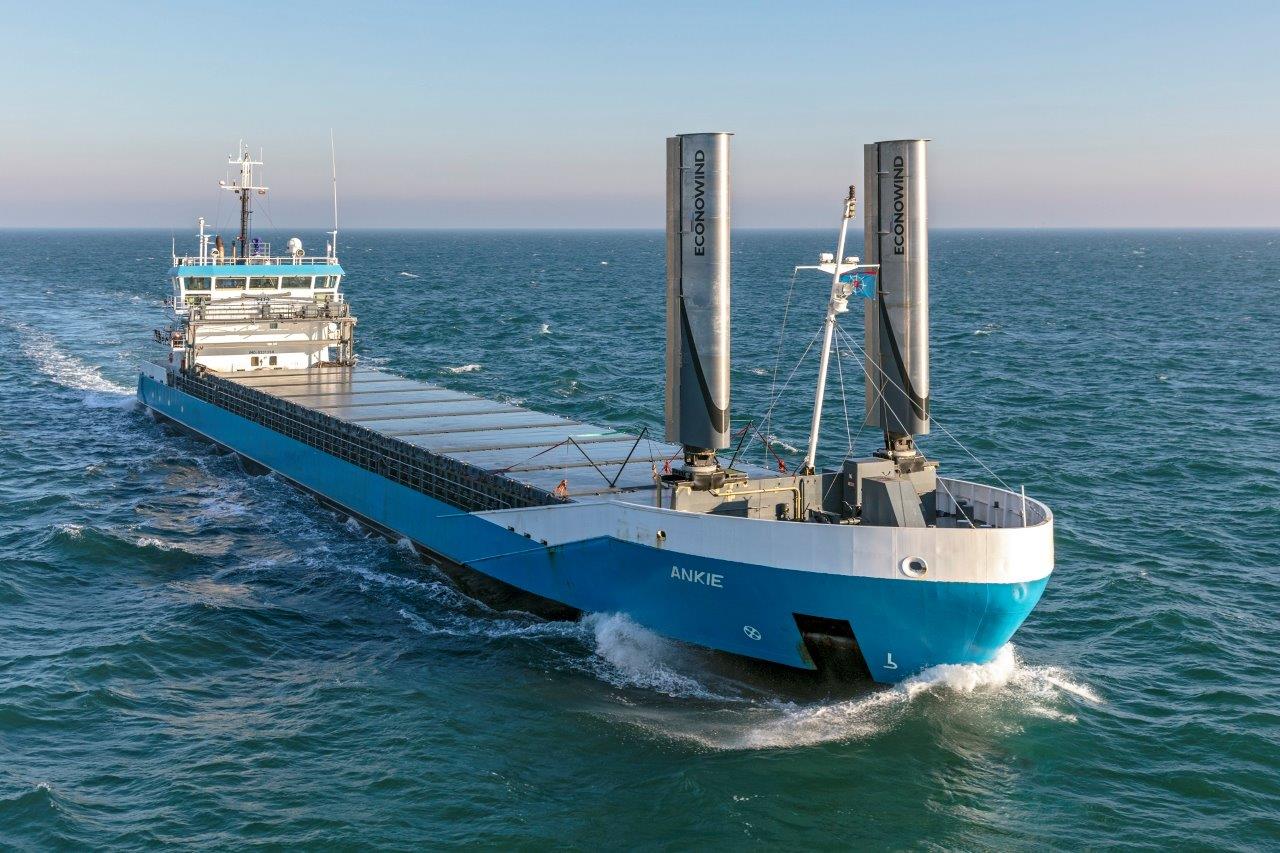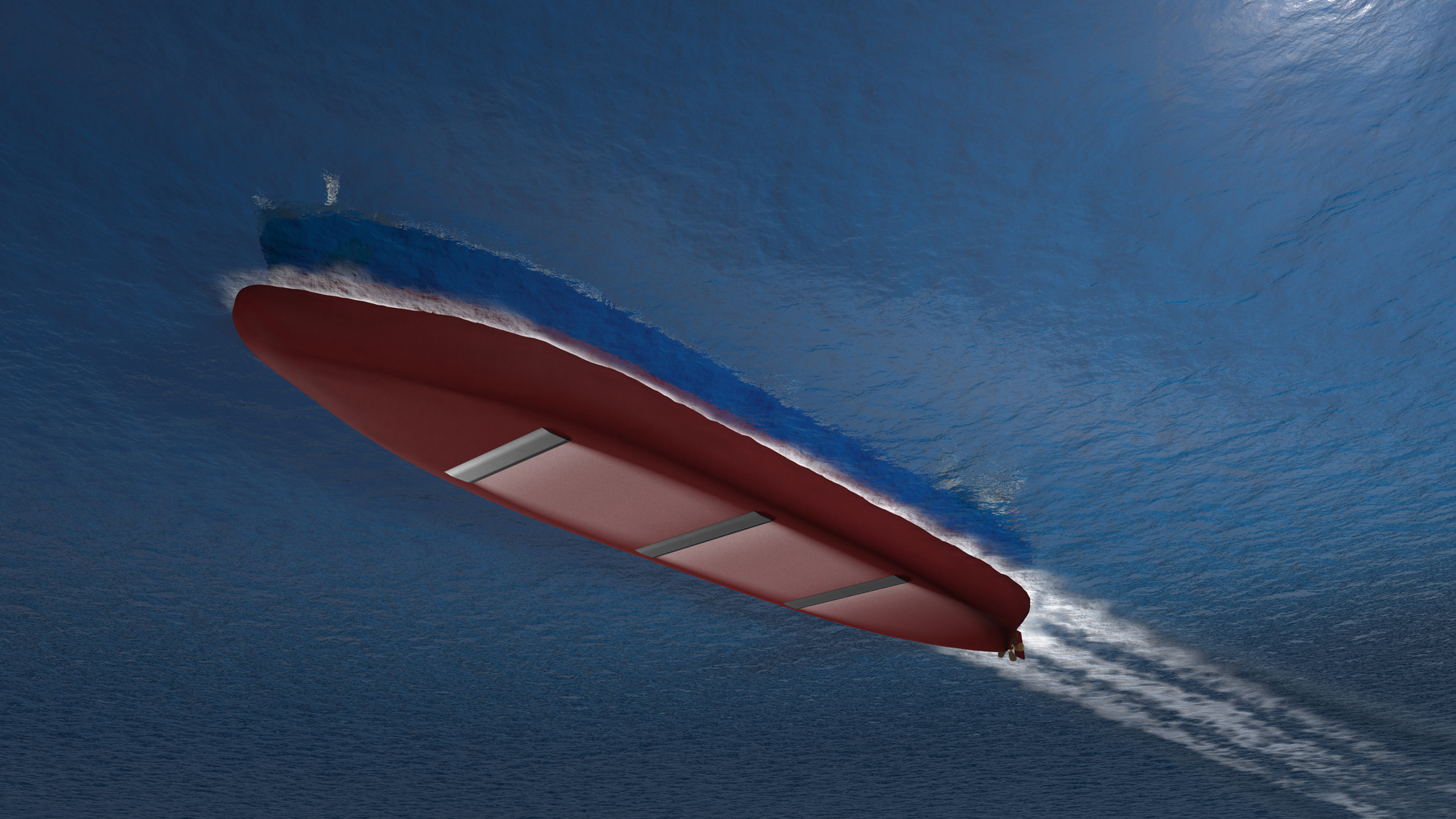Fifteen years after ABB developed and pioneered the world’s first shore-powered project, their attention has turned to developing a zero-emission, battery-powered operational concept.
A simple evaluation of technologies made ABB realise that all the technologies required to create a ‘different’ kind of port actually existed, inspiring ABB to combine these technologies to come up with a zero emissions solution.
In this week’s spotlight Fathom caught up with Eero Lehtovaara, head of ABB Marine’s Design House to discuss the notion behind ABB’s Zero Emissions Port Call concept.
Driven By Lithium, Shore-Powered By Renewables
The Zero Emissions Port Call concept requires ships to switch to using lithium-ion batteries when entering ports and once they are docked, utilising renewable-dominated energy sources, such as offshore wind energy, through using a shore power connection. The batteries are able to recharge themselves while the ship is sailing using standard bunker fuel.
A cruise ship, for instance, at berth for a 10 hour stay burns approximately 20 metric tonnes of fuel, producing 60 metric tonnes of CO2. By using a zero emission concept, these emissions will instantly be eliminated. Innovative technologies such as hybrid electrical energy, battery operation and ship-to-shore power, which save fuel, reduce emissions and additionally provide quieter docking periods, are being taken up throughout the industry at an unprecedented rate.
Putting Theory Into Practice
Ships that dominantly operate in harbour areas are the most likely candidates to switch to the Zero Emissions Port Callconcept.
Tugs, for example, can utilise battery power for much of their operational time as they operate mainly within ports and at very low loads. Mr. Lehtovaara explained, “When the tug is not in operation it can be connected to shore power to recharge itself. This shore power could be directly from wind or solar power and if a larger infrastructure is available there is potential to utilise power from other battery sources.”
In theory, however, this concept can be applied to any kind of ship. “Ideally, large container ships with diesel electric propulsion would fill two or three of their container spaces with batteries which would be connected to the ship’s energy supply” explained Mr. Lehtovaara. With these batteries in place, the ship could switch its energy supply to battery operation approximately 10 – 20 miles from port.
Mr. Lehtovaara acknowledged that there has been some hesitation in the industry regarding the time and availability of infrastructure for battery charging. Battery charging itself will take from one to four times the length it did to discharge. For this reason, ships sailing for example from the United States to Europe could make use of battery power when entering port. This type of voyage will require batteries at both ends for a short period of time, according to ABB. If the ship is sailing for 10 days in-between, sufficient time is available to charge the batteries in-port.
Additionally, port infrastructure with charging capabilities is a large determining factor for battery installation. In Germany, for instance, where coldplants are located near port, the infrastructure to charge batteries is readily available, reducing ship operators’ concerns regarding charging possibilities.
A No Pollution Solution?
Despite ABB’s optimistic outlook on battery power, current market progression is hindered due to political and economic constraints. Mr. Lehtovaara explained that it is more likely for hybrid power and electrical propulsion, “which is the fastest growing area” at around “12-13% per year” to develop further initially before the zero emission battery concept is fully utilised in the shipping industry.
Although the transfer of battery-powered ships from theory into practice faces some challenges, the adoption of a zero emissions’ concept provides a compelling business case and one which is likely to grow as the prospect of reduced fuel consumption and emissions reduction drives the industry towards cleaner, less-emitting operations.
As for the future of battery-powered ships, uptake will largely depend on the return on investment. Mr. Lehtovaara explained that ABB strive to make sure it makes economic sense for both the operators and the environment. He stated, “That’s the basis of all the evaluation we do. Does it make sense for the customer?”
Battery propulsion has to offer the same, if not a better, return on investment and other advantages in order for the shipping industry to consider it a viable option.
To round off this year, Fathom will be re-posting our top 2016 articles. Keep an eye out for some of our most popular and most-read stories this festive period here at Ship Efficiency Review!
Ship Efficiency Review News
To contact the reporter responsible for this article, please email editor@fathom-mi.com

































